#lacewing
Photo
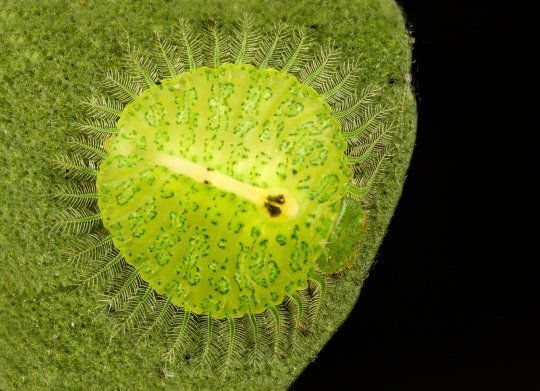
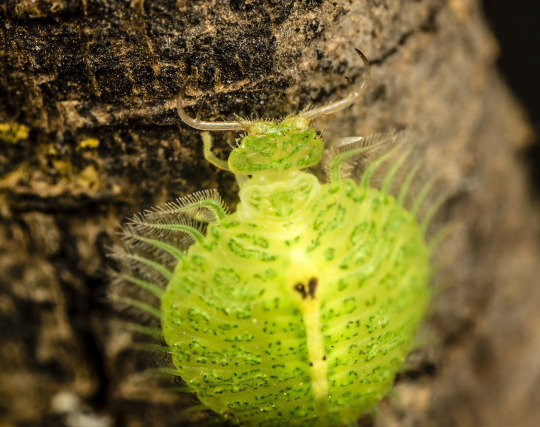
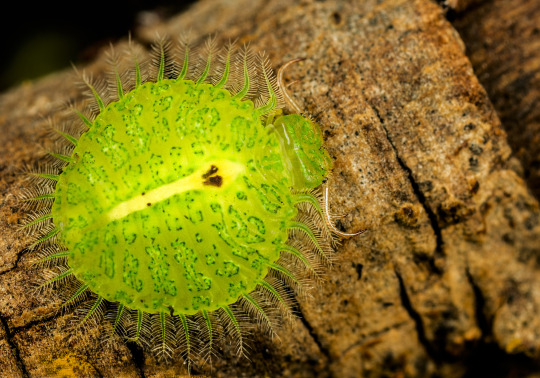
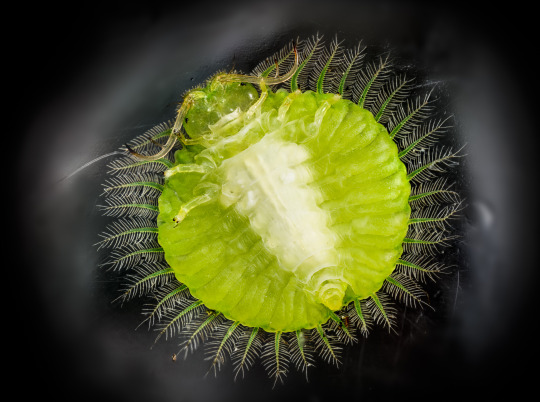
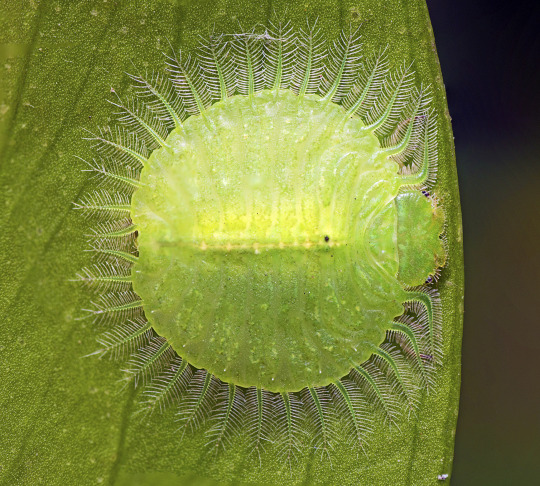
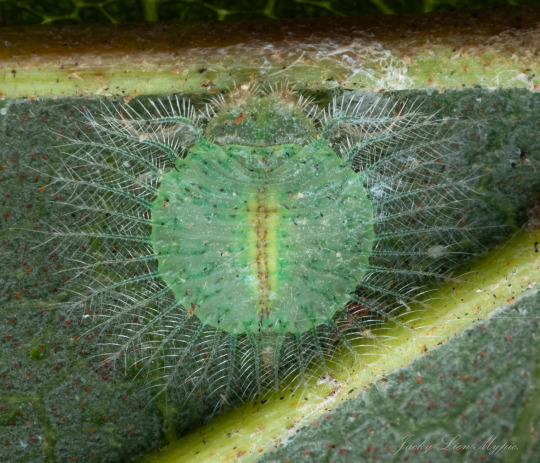
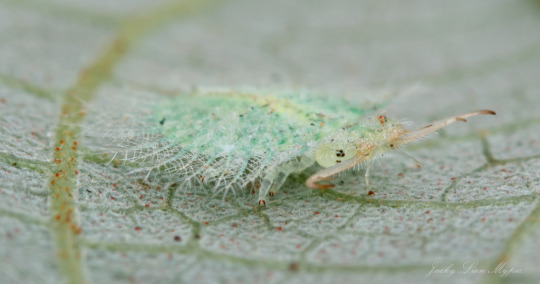

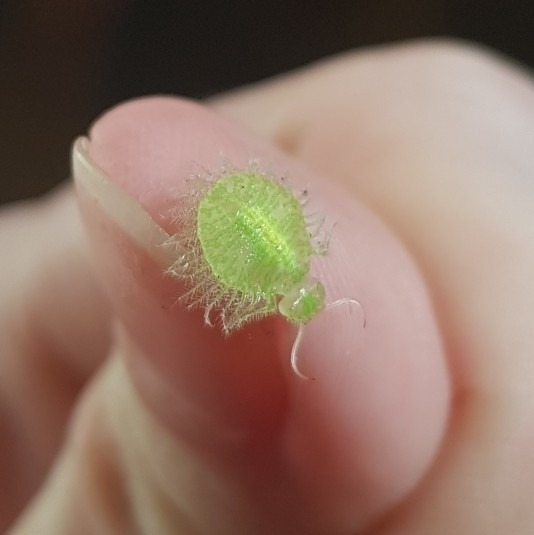

Spill-footed lacewing larvae, Myiodactylinae, Nymphidae, Neuroptera (related to owlflies and antlions)
Found in Australia
Adult in the same subfamily:

Photos 1-4 by normfarmerimages, 5 by tjeales, 6-8 by doggy48, 9-10 by sofiazed1, and 11 (adult) bystreglystendec
#animals#curators on tumblr#insects#bugs#neuroptera#lacewing#spill footed lacewing#larva#one nice bug#get a load of those snippers
5K notes
·
View notes
Text
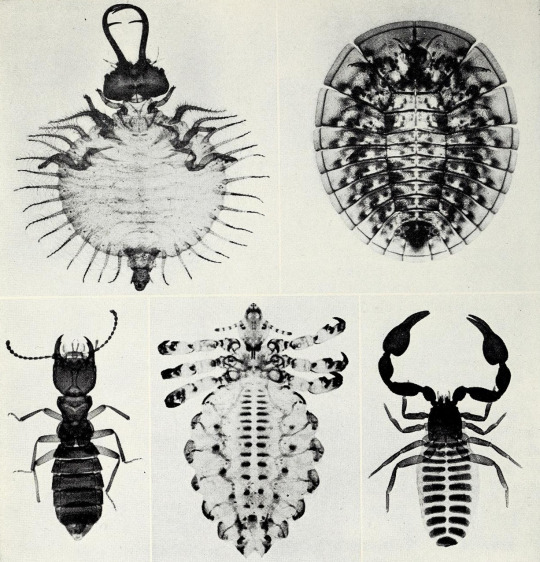
Various microscopic arthropods, from left to right, starting with the top row: Osmylops larva, Eubrianax larva, Staphylinidae beetle, Anoplura louse, pseudoscorpion
By: Edward S. Ross
From: Insects Close Up
1953
#lacewing#insect#arthropod#invertebrate#water penny beetle#beetle#rove beetle#louse#pseudoscorpion#arachnid#1953#1950s#Edward S. Ross#Insects Close Up (1953)
713 notes
·
View notes
Text
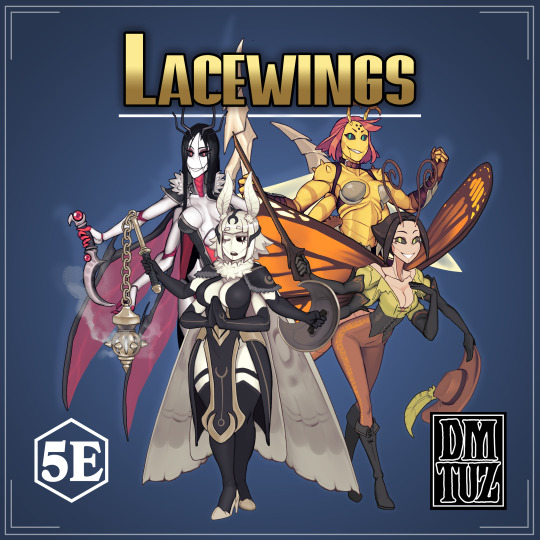
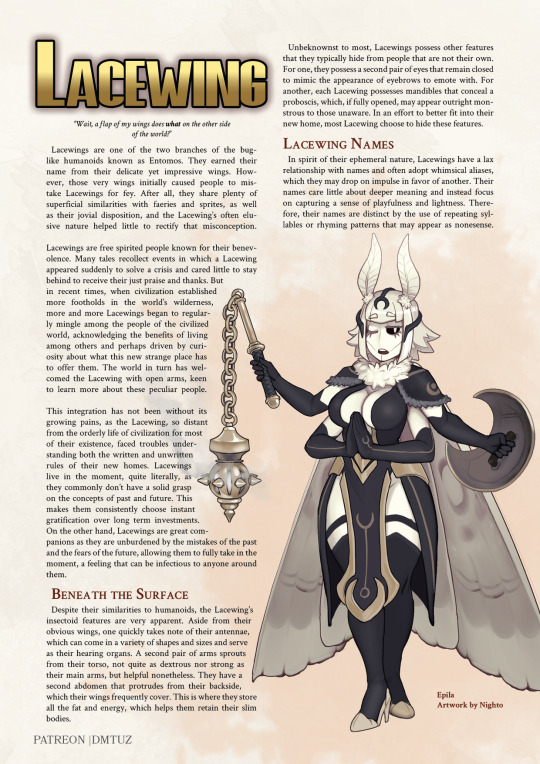


Gentle Moth Mommy? Spicy Bee Girl? You can now play those and more insectoid characters at with the Lacewing player race!
If you enjoy this content consider subscribing to my patreon for the Lacewing Premium Edition which will features additional player options such as the Stirge subrace, more artwork, and gives you VTT tokens and Handouts! If you are not a fan of patreon, consider checking out my kofi page instead!
#dm tuz#monster girl#dnd#homebrew#player race#dnd 5e#lacewing#insect girl#moth girl#bee girl#dungeons and dragons#5e
275 notes
·
View notes
Text

lacewing
370 notes
·
View notes
Text
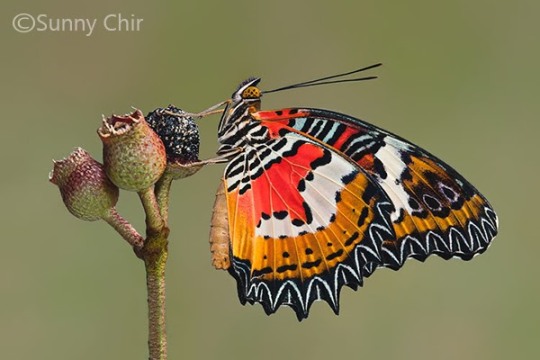
Malay Lacewing (Cethosia h. hypsina), family Nymphalidae, Singapore
photograph by Sunny Chir
191 notes
·
View notes
Text
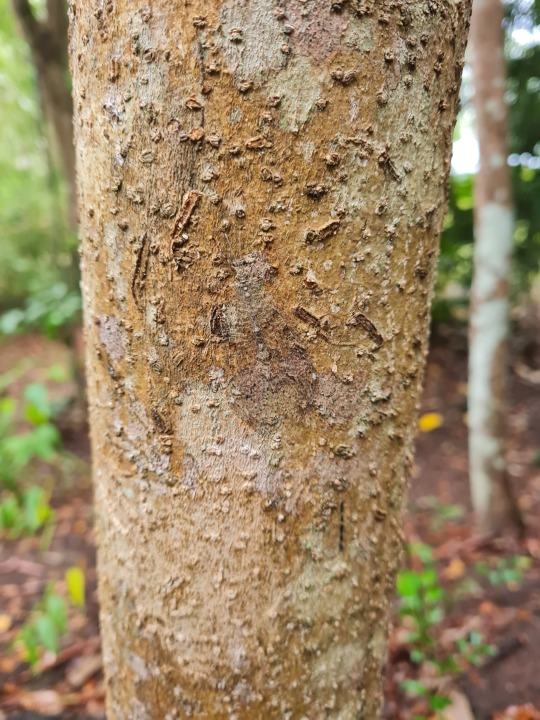
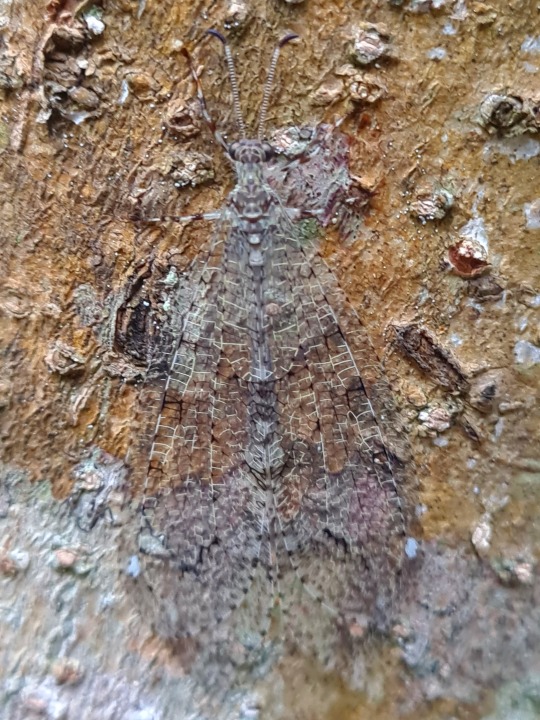

A very well-camouflaged ant lion!
No common name (Glenoleon pulchellus).
#ljsbugblog#bugblr#entomology#insects#neuroptera#lacewing#antlion#myrmeleontidae#macro#glenoleon#glenoleon pulchellus
127 notes
·
View notes
Text
The Common Green Lacewing: these tiny insects pupate within loosely-woven cocoons that measure just 3-6mm (about 1/8 to 1/4 inch) in diameter

The lacewing will spend about 5 days maturing within its cacoon, before it cuts an opening in the top and emerges as a fully-developed adult.

The larvae of the green lacewing (family Chrysopidae) are also known as "aphid lions," due to their skill/appetite when it comes to hunting aphids. They're widely used in agricultural contexts to help eradicate pests, because they are voracious predators that also commonly prey upon caterpillars, leafhoppers, planthoppers, thrips, spiders, mites, and insect eggs.
As it nears the end of its larval stage, a lacewing will spin a small cacoon out of silk and then tuck itself inside, allowing the pupal phase to begin; its tiny green body is often partially visible through the thin, loosely-woven walls of the cacoon.
These breathtaking photos of a lacewing climbing out of its cacoon were taken by a Danish photographer named Frederik Leck Fischer.
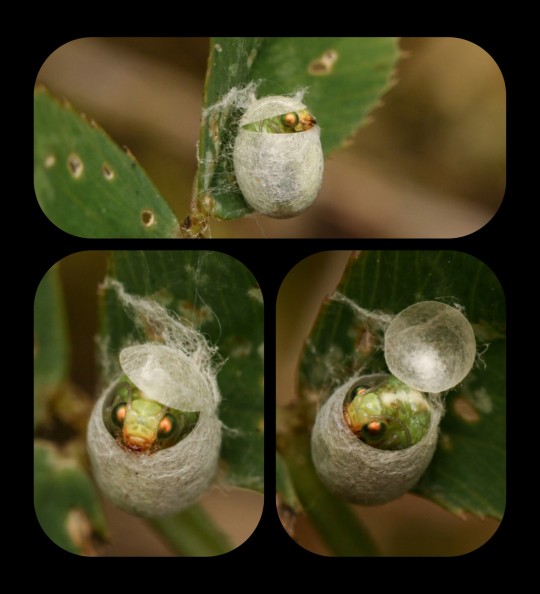
When a lacewing first emerges from a cacoon, its wings are still compactly folded down against its body; the wings then gradually begin to expand until they have reached their full size, which usually takes about an hour or two.
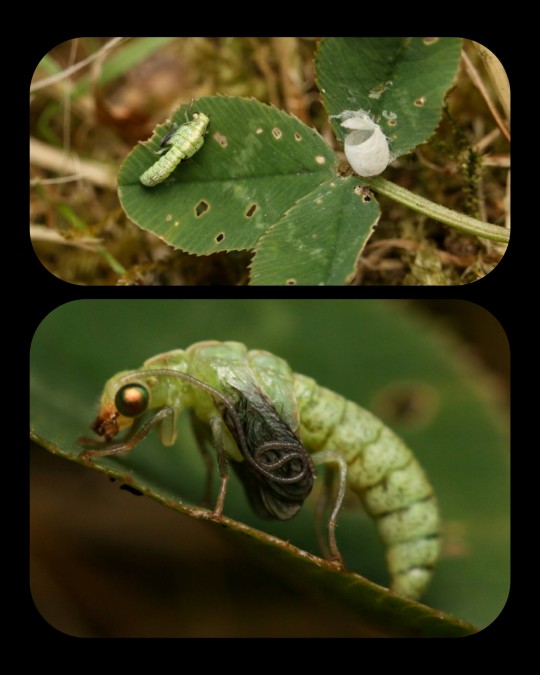
Fischer's photographs provide an excellent account of this entire process.
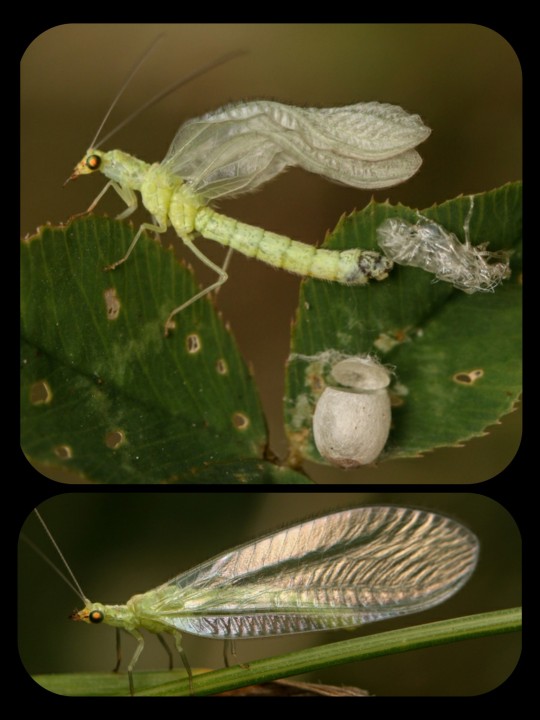
Here are just a few other images of the common green lacewing:

Sources & More Info
University of California's Integrated Pest Management Program: The Green Lacewing
Texas A&M's Field Guide to the Insects of Texas: Green Lacewings
Washington State University: Lacewings
Tennessee State University: Fact Sheet on the Green Lacewing (PDF download)
Pacific Pests & Pathogens: Green Lacewings/Biocontrol
#entomology#nature#insects#lacewing#cute animals#bugs#tw insects#cacoon#pupae#photogtaphy#arthropods#frederik leck fischer#nature is weird
116 notes
·
View notes
Text

Common Lacewing, Chrysopa perla Canon 400D EF 100 2.8 f/3.5 1/200 iso: 200
#Lacewing#Chrysopa#insects#invertebrates#macro#Wetlands#insectphotography#macrophotography#insect#canon
19 notes
·
View notes
Text

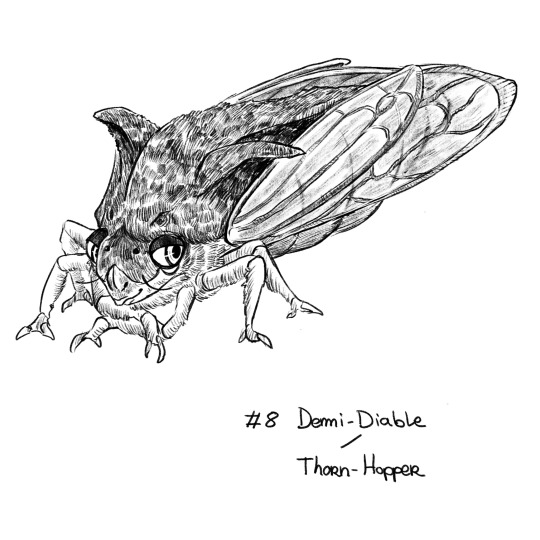
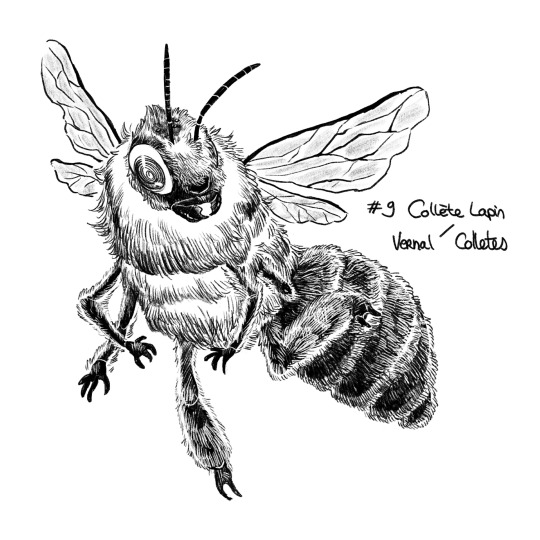
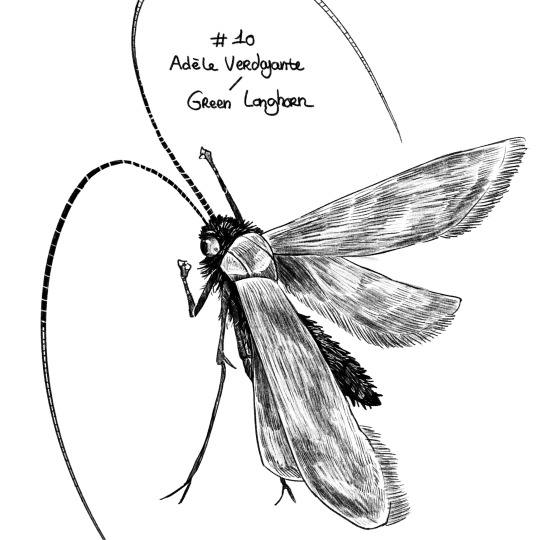
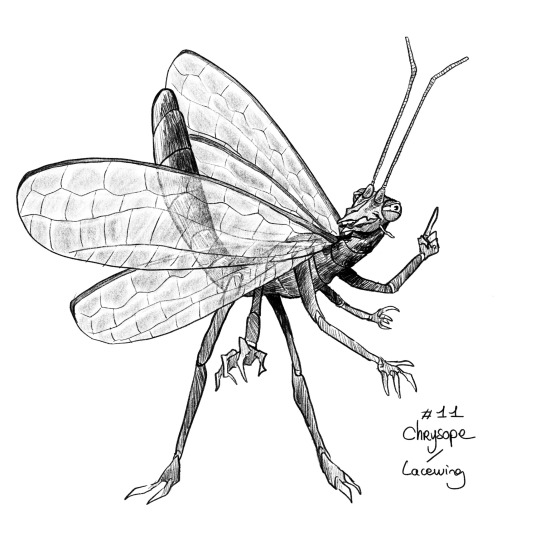
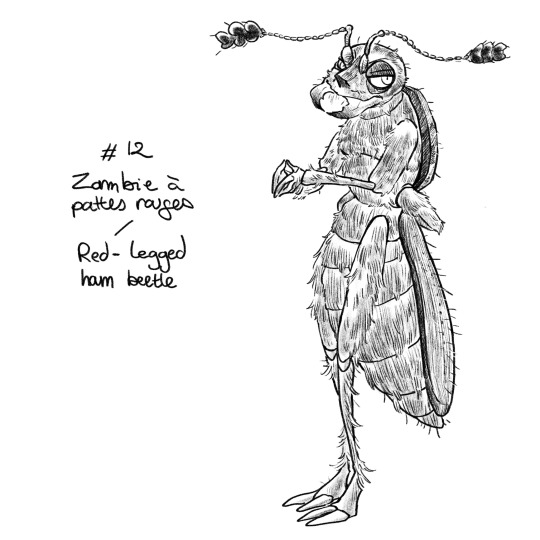
Insectober 2023
Day 7: Cryptocephalus Sexpunctatus
Day 8: Thorn-Hopper
Day 9: Vernal Colletes
Day 10: Green Longhorn
Day 11: Lacewing
Day 12: Red-Legged ham beetle
Part 1 - Part 2 - Part 3 - Part 4 - Part 5
28 notes
·
View notes
Text

SOLD
magical girl adopts! terms in plain text:
these two are a duo and must be bought together for $70
mascots and civilian forms are included
all associated art (including concept sketches and promo art) will be emailed at your discretion
no reselling the designs
private use only, no commercial
i only accept paypal
if you wanna talk to me about em, hit me up in dm’s here on tumblr or email [email protected]!
#magical girl#open adopt#adoptables#lacewing#small emerald moth#butterfly#moth#oc adopts#art archive#WOO. been cooking these for a couple months
17 notes
·
View notes
Text
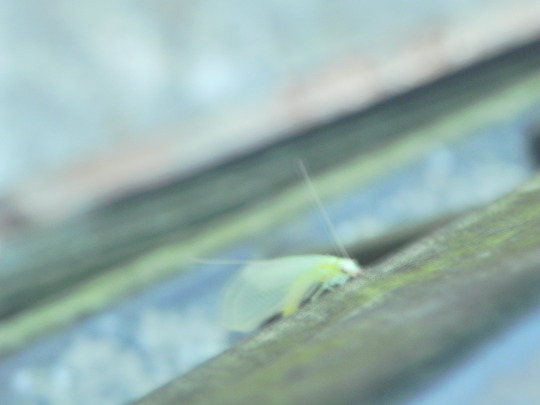
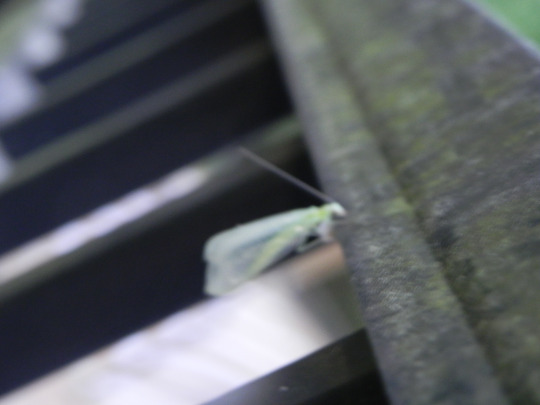


Trying (and failing) to capture a photo of my first ever C. rufilabris (Red-lipped Green Lacewing) while climbing over a fence. All outtakes.
My iNaturalist
📸: Nikon COOLPIX P100
#photography tag#neuroptera#hemerobiiformia#chrysopinae#chrysoperla#lacewing#green lacewing#insects#invertebrates#specimens
11 notes
·
View notes
Photo

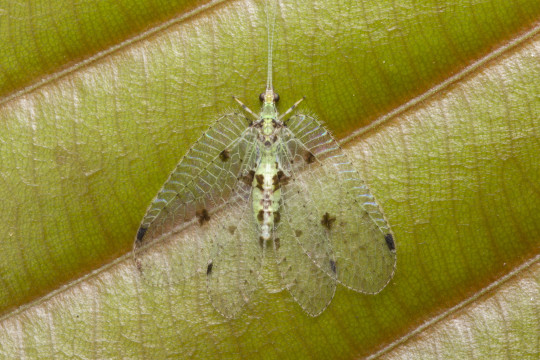
Green lacewing, Ankylopteryx sp., Chrysopidae
Photographed in Singapore by budak
2K notes
·
View notes
Text

Eggs of a lacewing
By: Unknown photographer
From: Natural History Magazine
1936
69 notes
·
View notes
Text



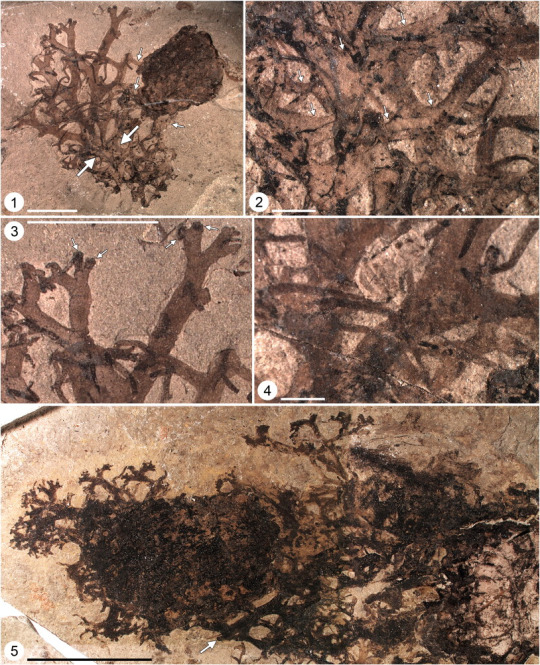
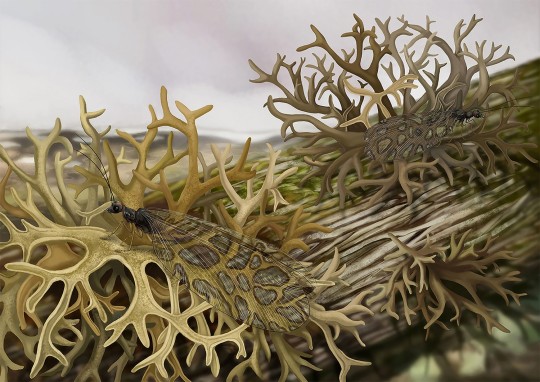
Daohugouthallus ciliiferus
*cue Jurassic Park theme* Welcome, to my Jurassic Park!
That's right, folks! We're going back in time! This ancient lichen lived approximately 165 million years ago, and multiple fossils have been found in the Jiulongshan Formation fossil deposit in Inner Mongolia, China. It appears to have had a foliose to subfruticose thallus made up of thin, branching lobes with marginal cilia. It maybe had immersed apothecia or soralia at the lobe tips, but examinations are not definitive. It has been found attached to the branches of an unidentified gymnosperm. Paleontologists have also found the fossilized remains of a Jurassic lacewing in the same deposit that they believe had a wing pattern made to mimic D. ciliiferus! Isn't that just the coolest shit??? Wait, do I want to become a paleobotanist now?
info and images: source | source | source
#lichen#lichens#lichenology#lichenolgist#paleontology#paleobotany#Daohugouthallus ciliiferus#lacewing#Jurassic#Welcome to Jurassic Park#biology#ecology#mycology#botany#bryology#I'm lichen it#lichen a day#daily lichen post#fossil#fossils#the ancient world#science#scientist#science side of tumblr#lichen subscribe
83 notes
·
View notes
Text

lacewing on pineapple guava leaf
8 notes
·
View notes
Photo

This is a lacewing captured using darkfield under the ZEISS Stemi 305 microscope.
134 notes
·
View notes